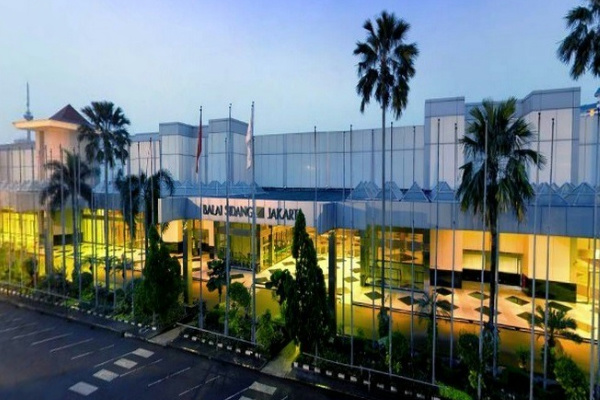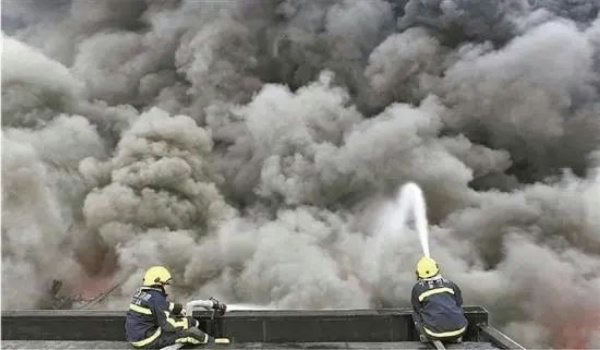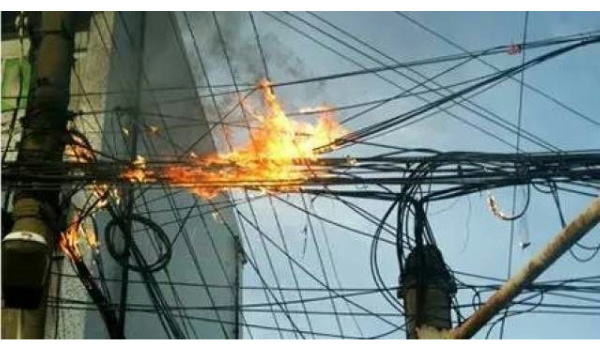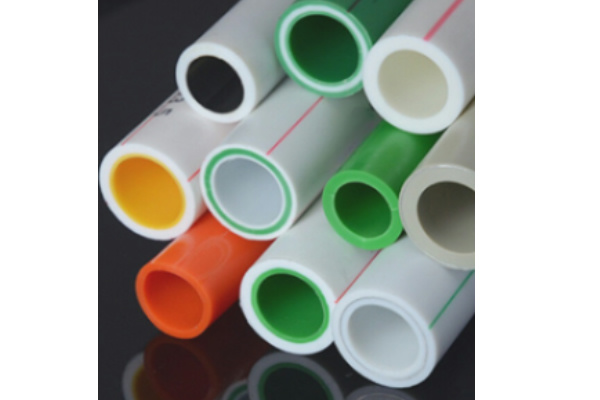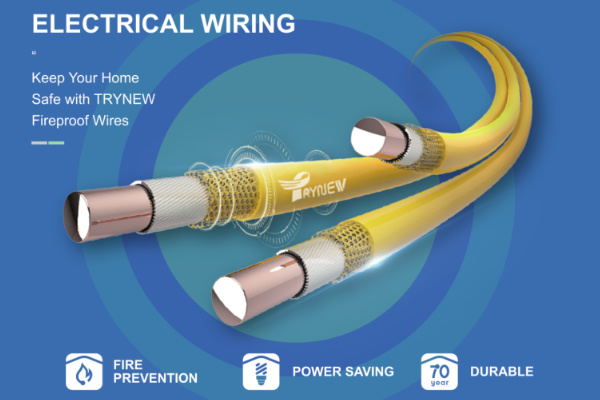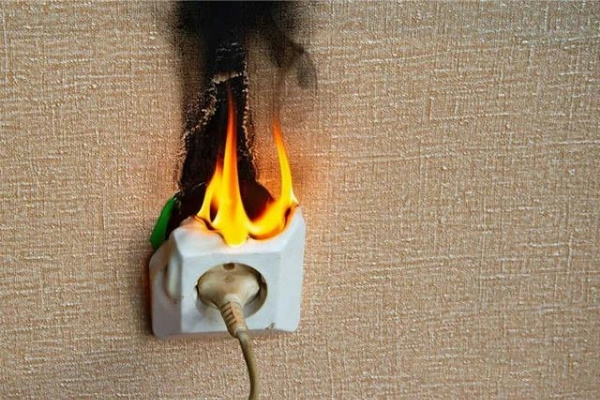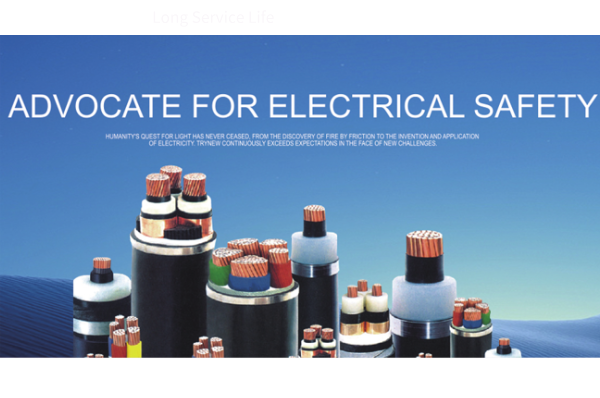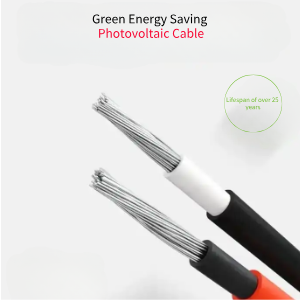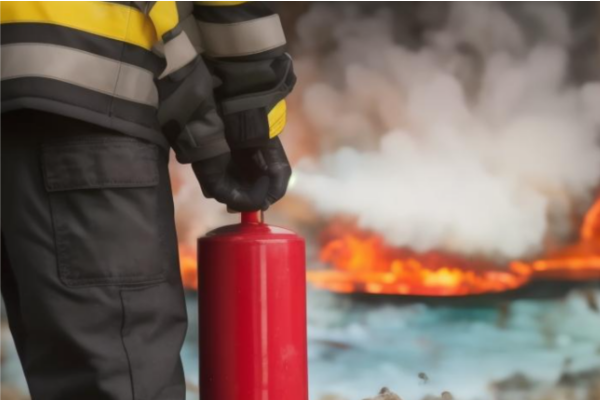01020304
Why Are Halogen-Free Low-Smoke Fire-Resistant Cables the Top Choice for Home Renovations?
2025-01-13
When it comes to electrical wiring, many homeowners believe that as long as the wire size meets the power requirements, they’ve made the right choice. However, selecting the right cable is about much more than just size. If safety and durability are your priorities, halogen-free low-smoke fire-resistant cables should be your go-to option. Here’s why these innovative cables are transforming home renovations.

1. The Hidden Dangers of Halogen-Containing Cables
Halogen elements, such as chlorine, fluorine, bromine, and iodine, are widely used in electrical products, including Pvc Cables. While stable under normal conditions, they become hazardous when burned, releasing toxic gases like hydrogen chloride (HCl) and dioxins, which are highly carcinogenic.
Fire incidents have tragically demonstrated the dangers of halogen-based cables. In many cases, victims succumbed to toxic smoke inhalation or became disoriented due to reduced visibility caused by dense smoke. This has driven stricter regulations on halogen-containing cables in Europe, Asia, and other regions.

2. Chemical Reactions During Fires
When halogen-containing cables burn, they trigger harmful chemical reactions:
●HCl (Hydrogen Chloride): Forms deadly acid when exposed to moisture.
●CO (Carbon Monoxide): Just 0.2% in the air can be fatal in 10 minutes.
●SO2 (Sulfur Dioxide): Causes severe respiratory damage at low concentrations.
In multi-element fire conditions, the risks compound, creating an even more dangerous environment. The devastating effects of such fires have led many countries to restrict or ban the use of halogen-based cables.

3. Why Traditional PVC Cables Fall Short
Common insulation materials like PVC are not ideal for safety:
●Toxic Fumes: When burned, PVC releases gases similar to mustard gas, causing severe harm to respiratory systems.
●Corrosive Effects: These gases combine with water to form strong acids that can corrode building structures and electronic systems.
●Intense Smoke: Heavy smoke reduces visibility, making escape and rescue efforts more difficult.

4. The Safety Advantages of Halogen-Free Low-Smoke Cables
Halogen-free low-smoke cables, made from materials like polyolefin (PO) or cross-linked polyolefin (XLPO), offer significant safety benefits during fires:
●Reduced Toxicity: No halogen gases are released, significantly lowering the risk of fatalities.
●Minimal Smoke Production: Enhanced visibility in fire situations improves evacuation safety.
●Lower Corrosion: Acidic gases are not produced, reducing damage to buildings and electronics.
●Fire Retardancy: These materials slow the spread of flames, minimizing property loss.
●Rescue Efficiency: Less smoke and toxins provide a safer environment for emergency responders.
●Insurance Benefits: Some insurers offer reduced premiums for properties equipped with halogen-free cables.

5. Leading Innovation in Cable Safety
Halogen-free low-smoke fire-resistant cables represent a significant technological advancement in electrical safety. Compared to traditional cables, they set a new standard for performance, functionality, and durability. Brands like TRYNEW are at the forefront of this innovation, offering cables that prioritize safety without compromising on quality or efficiency.

Conclusion: A Smarter Choice for Safer Homes
Choosing halogen-free low-smoke fire-resistant cables is an investment in safety, health, and peace of mind. Whether for a home renovation or a large-scale project, these cables provide unmatched protection against the dangers of fire.
Make the smart choice—choose TRYNEW cables to safeguard your home and loved ones.

